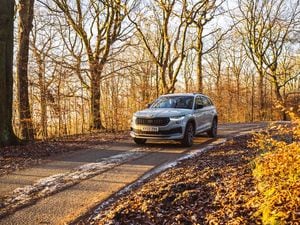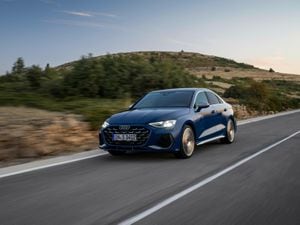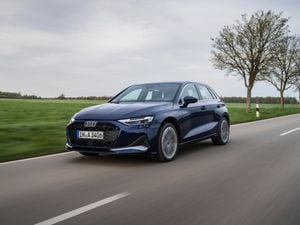First Drive: How does hybrid technology change the Dacia Jogger experience?
Dacia has equipped its seven-seater Jogger with a new hybrid engine. How does it all come together? Jack Evans finds out.
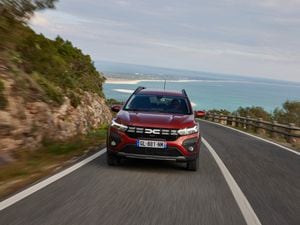
What is it?
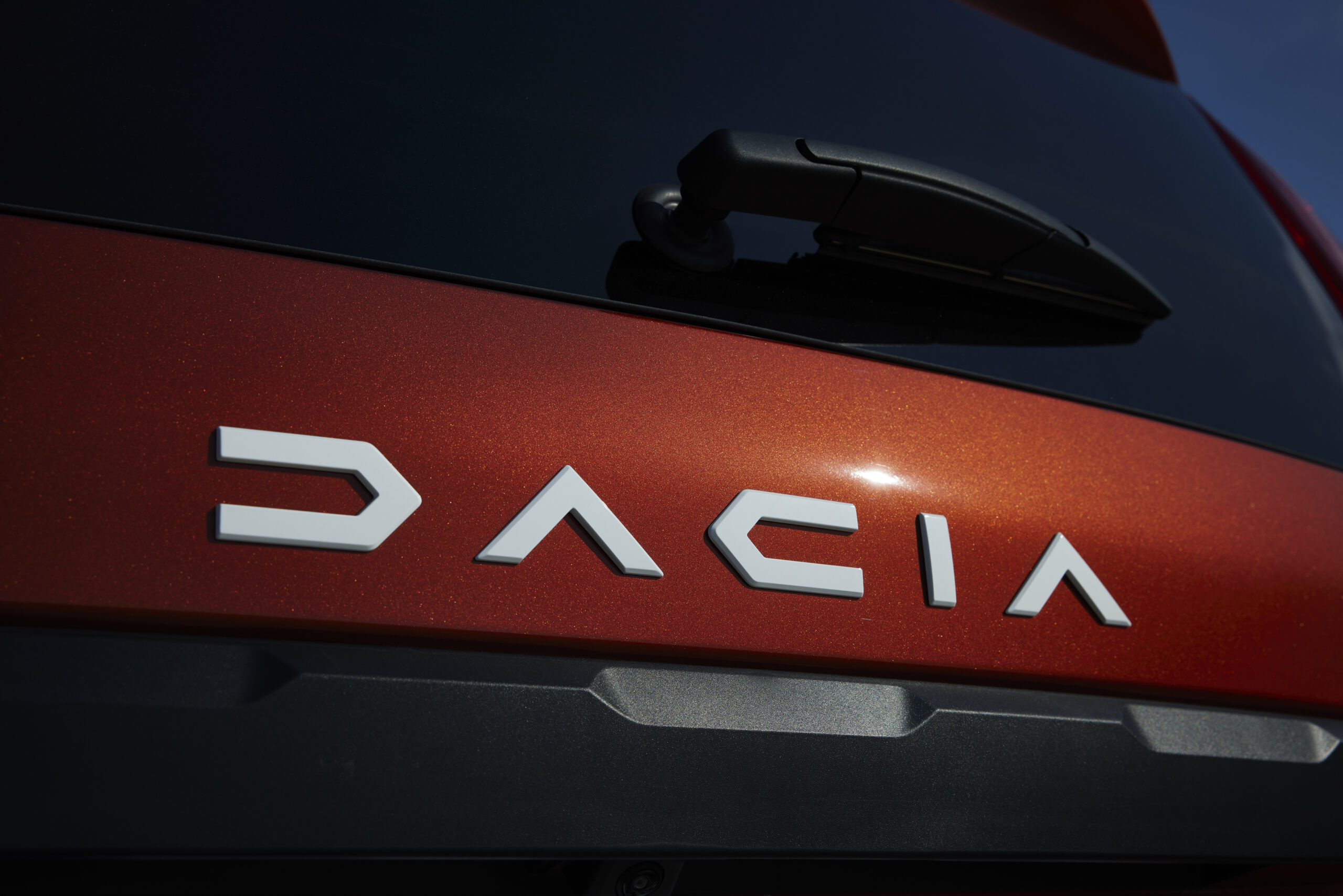
>
The Jogger delivered everything we expected from Dacia when we drove it for the first time last year. Lightweight, practical and – most importantly – budget-friendly, as a seven-seater that undercut pretty much every other rival in terms of price, we came away quite impressed.
But even Dacia – like so many other manufacturers – is aware of the need for added electrification in these switched-on times. It’s why the Jogger has been equipped with a new hybrid engine which doesn’t replace the existing petrol-powered model but instead acts to complement the range. Let’s see what it’s like.
What’s new?

>
Obviously, the big change here centres around what the Jogger is powered by, but have there been any other edits elsewhere? Thankfully, no. Despite the fitment of that hybrid powertrain and its batteries, the Jogger still gets to keep its seven-seater configuration which, thanks to removable rear chairs, remains really flexible and easy to operate.
Up front, we’ve got a similar level of technology to the ‘regular’ Jogger, though the main dials have been replaced by an on-trend screen which showcases not only your usual driving information but also details about the hybrid system such as battery and charge state.
What’s under the bonnet?

>
So here’s where the main event is. Pinched from the wider Renault group, the 1.6-litre naturally aspirated petrol engine is combined with two electric motors and a teeny-tiny 1.2kWh battery to help deliver lower emissions than the standard 1.0-litre version – 112g/km down from 131g/km. It’s automatic-only, too, and Dacia claims a 0-60mph time of 9.9 seconds and fuel economy of up to 56.5mpg combined. You’d be looking at around 49.6mpg for the standard petrol.
This is a more ‘regular’ setup of hybrid, too, and there’s no option to plug it in. This hybrid setup is designed to use its electric power at slower speeds, such as when parking or creeping in traffic. It’s why Dacia claims that the Jogger can drive in electric-only mode for 80 per cent of the time – but only in urban environments.
What’s it like to drive?

>
We really liked the Jogger’s more comfort-focused, slightly floaty driving experience as it provided a refreshing contrast to a big trend towards harder setups. This has been largely carried through to the Hybrid version, too, though the bigger engine up front seems to have made it a little more nose-heavy than before.
It’s actually not quite as pleasant to drive as the regular version, but you can’t fault its efficiency – during our time with the car we were healthily exceeding the claimed fuel economy. It’s superbly good on fuel and makes for a car that should prove cheap to run when you add in the tax-saving low CO2 emissions.
How does it look?

>
There’s not a lot going on here to differentiate the Hybrid from the regular Jogger. But we do have Dacia’s new logos at the front and back, while the intricate LED daytime running light designs help to spruce things up. It’s fair to say that the MPV design has, largely, fallen out of favour with buyers due to the onset of crossover and SUV popularity, but the Jogger does a good job of injecting some interest into the somewhat boxy shape it has been given.
Some clever features remain, of course, such as the roof rails which can be swivelled and turned into bars at the turn of an Allen key while the boot’s large opening makes it a doddle to get heavier items in and out.
What’s it like inside?

>
We’re not awash with high-end materials inside the Jogger, but that’s just fine. At £22,995, the Jogger Hybrid is still impressively cost-focused and everything inside it has been put with purpose. The plastics, for instance, are pretty harsh but that means they’re durable while the seats might not be the most bolstered, they’re comfortable and great for long trips.
The middle row affords its occupants a good amount of space, with the Jogger’s boxy nature meaning that there’s a good amount of headroom. The third row is definitely an ‘occasional’ one, but adults could sit there for a short period. Don’t need those rear seats? They lift out easily and are incredibly light. Once they’re removed and you’ve folded the middle row flat you’ve got a huge 2,085 litres of boot space to play with.
What’s the spec like?

>
As mentioned, the Jogger Hybrid is priced from £22,995, which still undercuts much of the market but is quite a bit more than the £18,295 you’d pay for a ‘regular’ model. That said, the Hybrid does come with plenty of equipment, with our ‘Expression’ car equipped with features such as a reversing camera, an eight-inch infotainment display and automatic air conditioning.
You also get that new seven-inch instrument panel in place of the conventional dials. However, the regular Jogger’s normal readout was really clear and easy to read anyway, so it almost feels like this new addition is complicating things needlessly. However, the level of equipment on this Hybrid does go a long way to justifying the car’s additional price.
Verdict
The new Hybrid version of the Jogger feels like a welcome addition to the range. Of course, it hasn’t vastly changed the experience – and that’s not a bad thing at all – but the lower emissions show a commitment by Dacia to stay ahead of the game in terms of what its vehicles put out of the exhaust.
However, the regular Jogger is hardly a bruiser in the CO2 department and, given its far lower cost, if you’re after a budget-friendly model that goes hard on space and practicality, then the ‘standard’ car is still one of the best options around.

